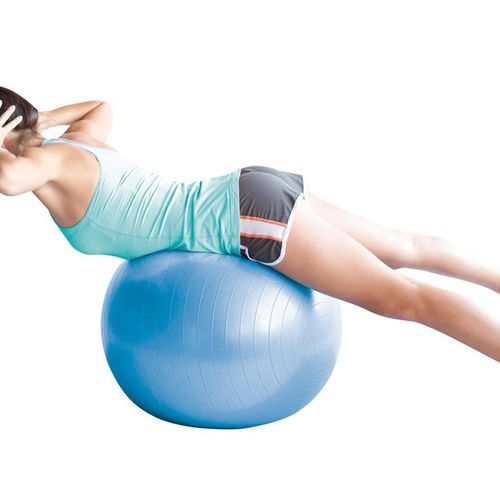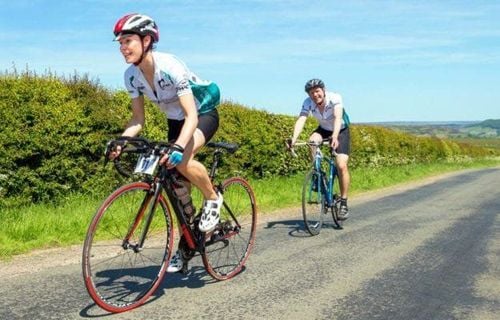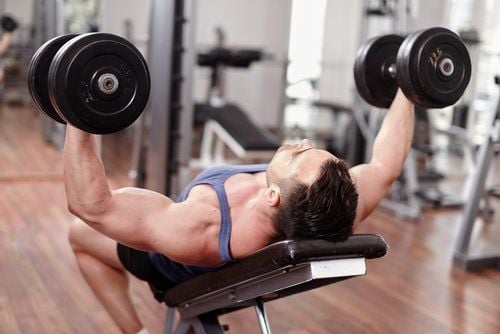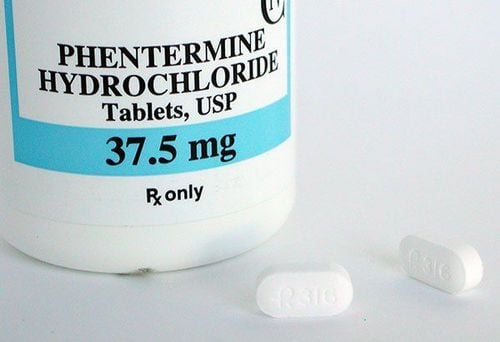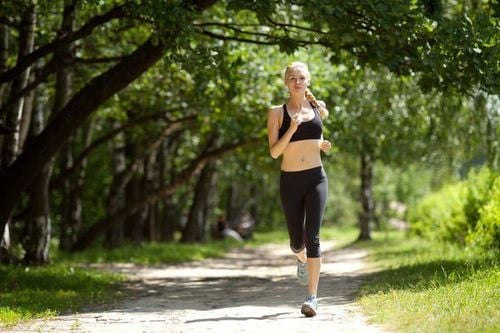This is an automatically translated article.
Exercise balls are a fun way to exercise. Exercise balls make exercise fun, and add a core stability challenge to any exercise. Here's a quick tip to help you choose the size and firmness of the exercise ball that will give you the best workout.1. How to choose a ball for exercise
Fitness fads come and go. But every once in a while, a trend emerges that actually makes a lot of sense to the practitioner. One such trend is focusing on core muscle groups and functional training, including strengthening the torso for better workouts and avoiding injury-related risks during a better workout. .A popular and useful tool for core strength training is the exercise ball. Physiotherapists have been using them for years, but fitness experts say that ball training is one of the best ways to strengthen the abdominal wall and back muscles and increase flexibility. stability of these muscle groups. Here's what we need to know about choosing and using the
1.1 exercise ball. Choosing an exercise ball Before buying a ball, please make sure that it is the right size for our height. To test, sit on the ball and make sure your hips are at or slightly above your knees:
55 cm: 4'11" - 5'4" 65 cm: 5'5" - 5'11" 75 cm: 6'0" - 6'7" If you are overweight or obese, look for an exercise ball that is resistant to breakage and can accommodate your weight.
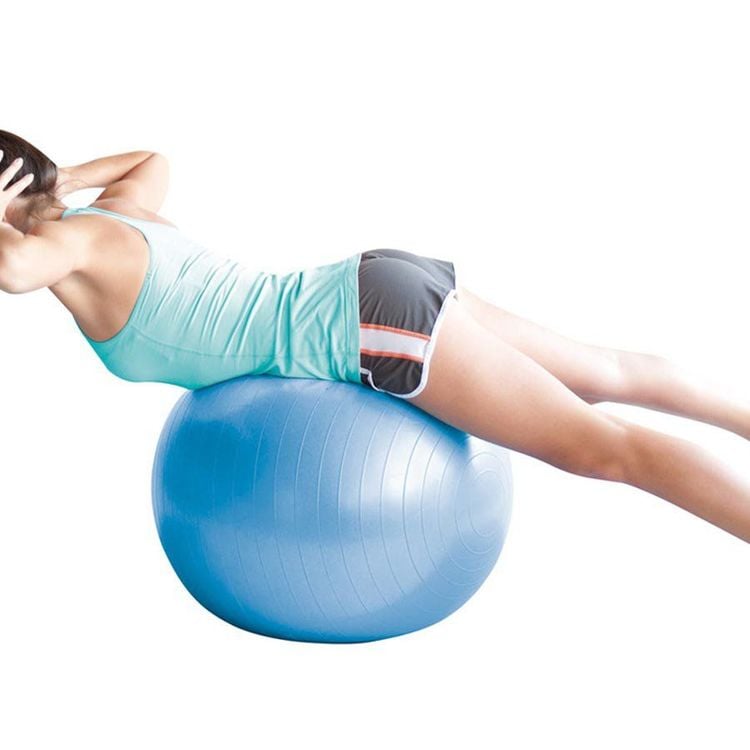
Trước khi mua một quả bóng, hãy đảm bảo rằng nó có kích thước phù hợp với chiều cao của chúng ta
1.3. Exercises that can be combined with the gym ball The exercise ball works to achieve its goal by placing our body in an unstable environment. When the body is on the ball, our legs and abs immediately work to keep us from falling. Also, adding an exercise like chest press or sit-ups can increase the intensity of the movement. The exercise ball is versatile enough to be used for any exercise including:
Weight training : Use the exercise ball as your new 'weight bench' to add difficulty to your movements and combinations of exercises. muscles in the legs, glutes, and abs. Abs: Performing abs, twists, and other traditional exercises with the ball adds difficulty to the movement by engaging more active muscle groups as in core exercises. Sit around: Just sitting on an exercise ball can be a challenge for our core groups and it's a great way to improve your posture while sitting in front of the computer or watching television . Practice by sitting on it and lifting one foot off the ground with an emphasis on balance, or try out some of the beginner ball exercises. Flexibility Exercises, Yoga and Pilates: Exercise balls are great for stretching and relaxing, or you can try yoga with a ball. Play around: It's a training tool but don't forget, it's also a ball. The kids will probably enjoy playing with it, just keep an eye on them so they don't hurt their kids.
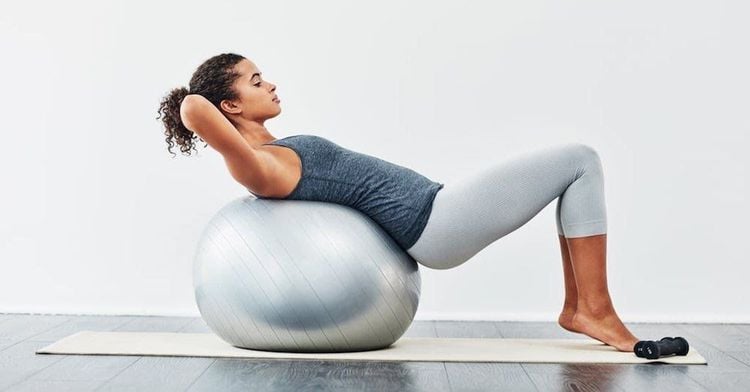
Đối với các bài tập linh hoạt, tập Yoga và Pilates, bóng tập thể dục rất thích hợp để kéo căng và thư giãn
2. Instructions for using the gym ball at home
Effectively performing exercise ball activities requires careful selection of the right exercise ball size. Since we don't always have the opportunity to personally consult with physical therapists, fitness trainers, and other professionals, several guidelines have been developed to use when choosing a size. suitable exercise ball size.An exercise ball is deemed suitable for a person when he or she is sitting upright on the exercise ball and:
Feet should rest comfortably on the floor - with weight evenly distributed. The knee should be at or slightly below the pelvis - make a 90 degree or slightly larger angle at the hips and knees (thighs parallel to the ground or slightly down). The pelvis, shoulders and ears should be in a vertical line - the body should not be tilted in any direction for counterbalance. Light bouncing up and down will usually create this alignment. Exercise balls typically come in five different diameter sizes. Each of these sizes is suitable to be used by people with different body compositions. It's important to note that height is not the only factor in determining ball size. Because the exercise ball is flexible and resistant, weight is also an important factor.
The table below gives a general guideline for the height relative to the diameter of the exercise ball as follows (assuming average body weight is proportional to height):
| Đường kính bóng tập | Chiều cao người tập |
| 45 cm | 1,52 m hoặc thấp hơn |
| 55 cm | 1,55 – 1,76 m |
| 65 cm | 1,8 – 1,88 m |
| 75 cm | 1,9 – 2,04 m |
| 85 cm | 2,07 m trở lên |
The exercise ball also relieves stress from stretching with regular use. Therefore, as the ball ages, it can make the exercise less effective even more. On the other hand, adding too much air to the exercise ball increases the difficulty of balance and stability, as the contact area is reduced.
Using different ball sizes will allow us to train more flexibly and change as we progress with our ball exercises. For exercises that require standing: The bigger the ball, the heavier it is, so if you're using it for upper-limb exercises, keep that in mind. If you lack shoulder strength or muscle stability, you may want to use a smaller ball for exercises like the isometric shoulder hold 1 or hold 2 or the wax-on/dynamic exercises. wax - off or wall push.
For exercises that require you to lean against the wall such as squats, sit-ups and calves, ball size is not so important. The balls in these exercises help guide us on how to put our bodies into proper postures.
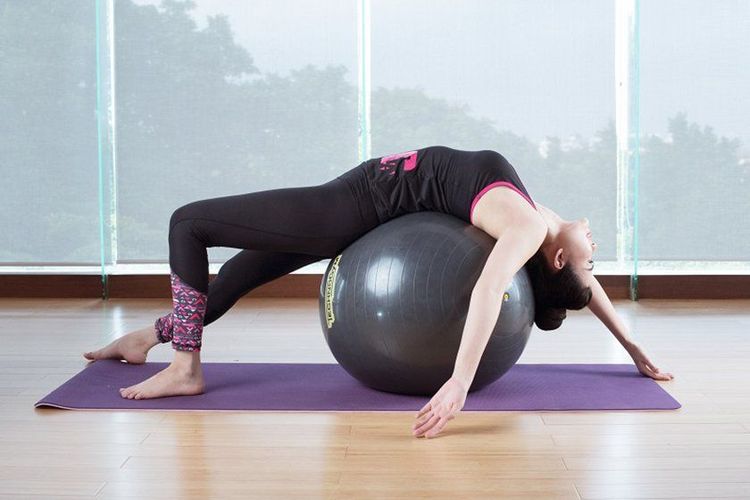
Đối với những bài tập đòi hỏi bạn phải tựa vào tường như squat, gập bụng và nâng bắp chân, kích thước bóng không quá quan trọng
Please dial HOTLINE for more information or register for an appointment HERE. Download MyVinmec app to make appointments faster and to manage your bookings easily.
References: verywellfit.com, dummies.com, mayoclinic.org



